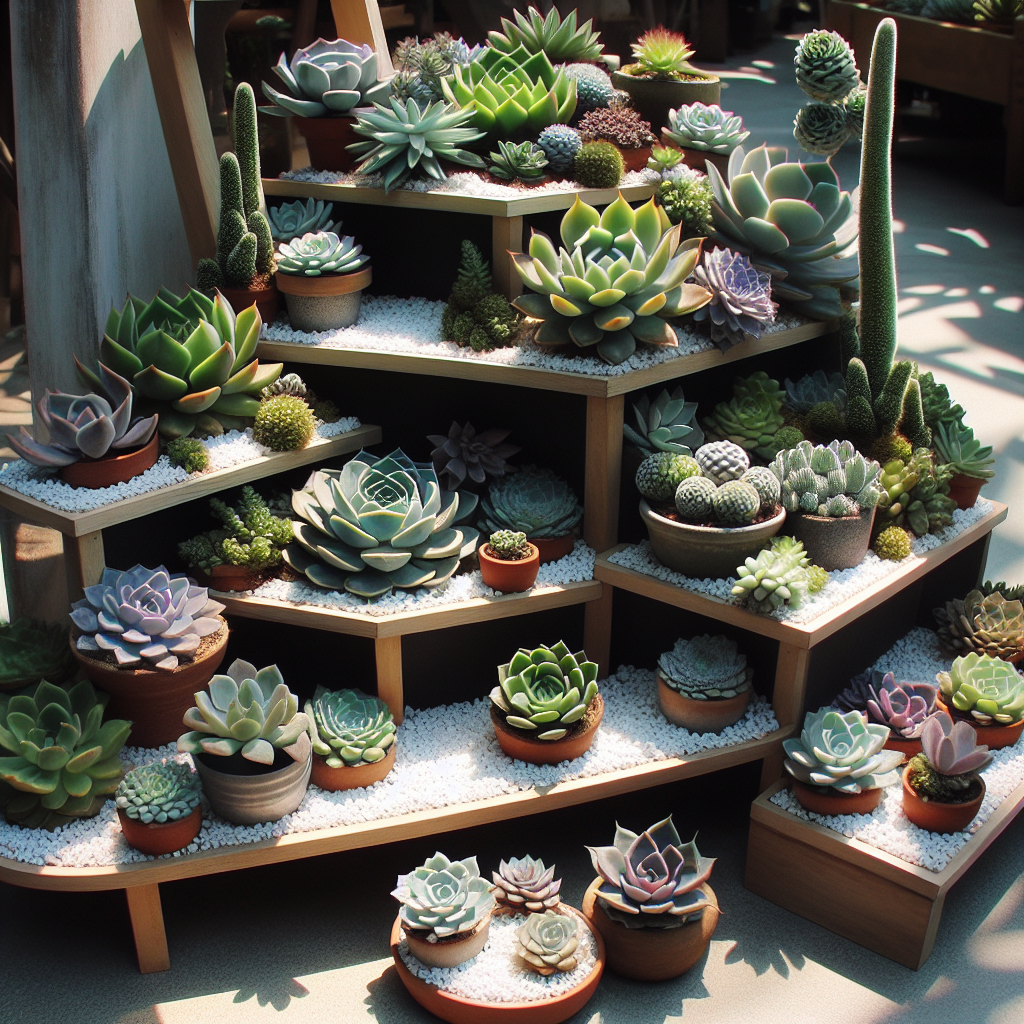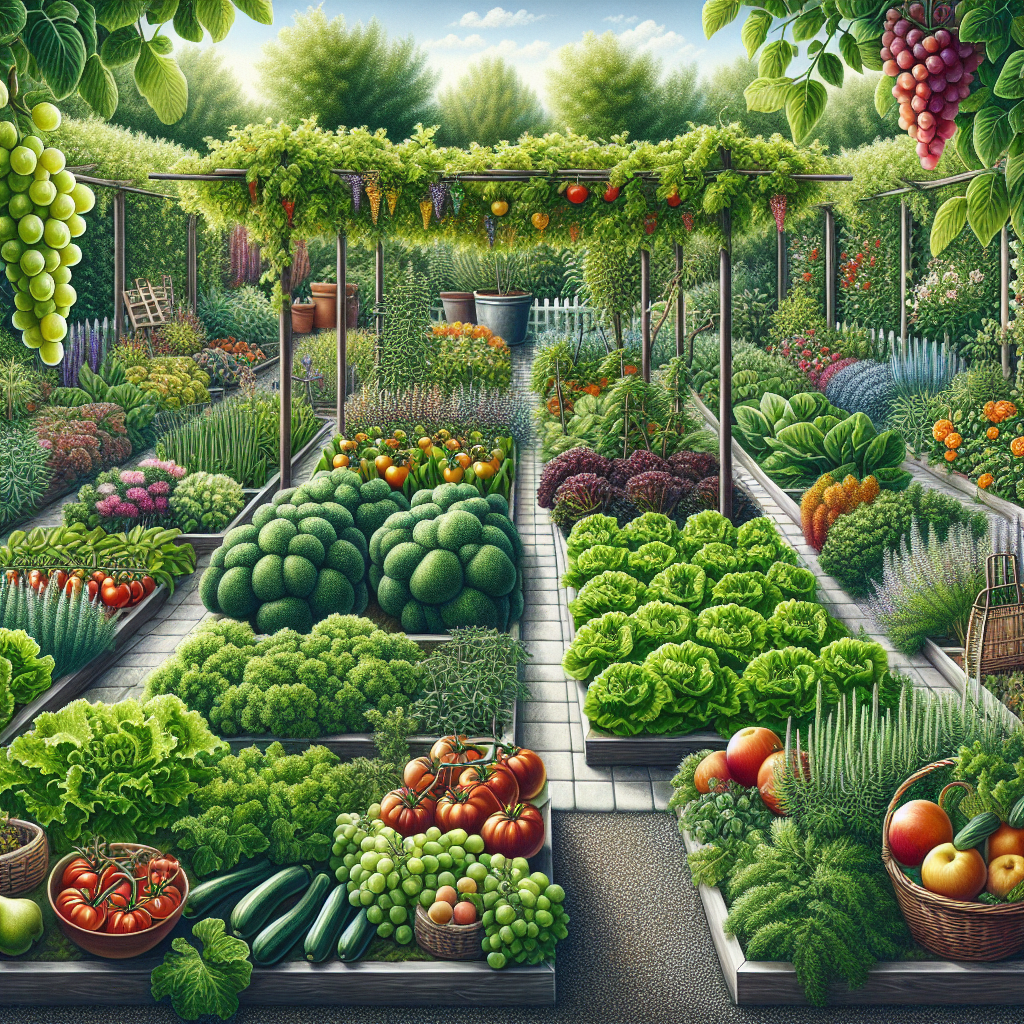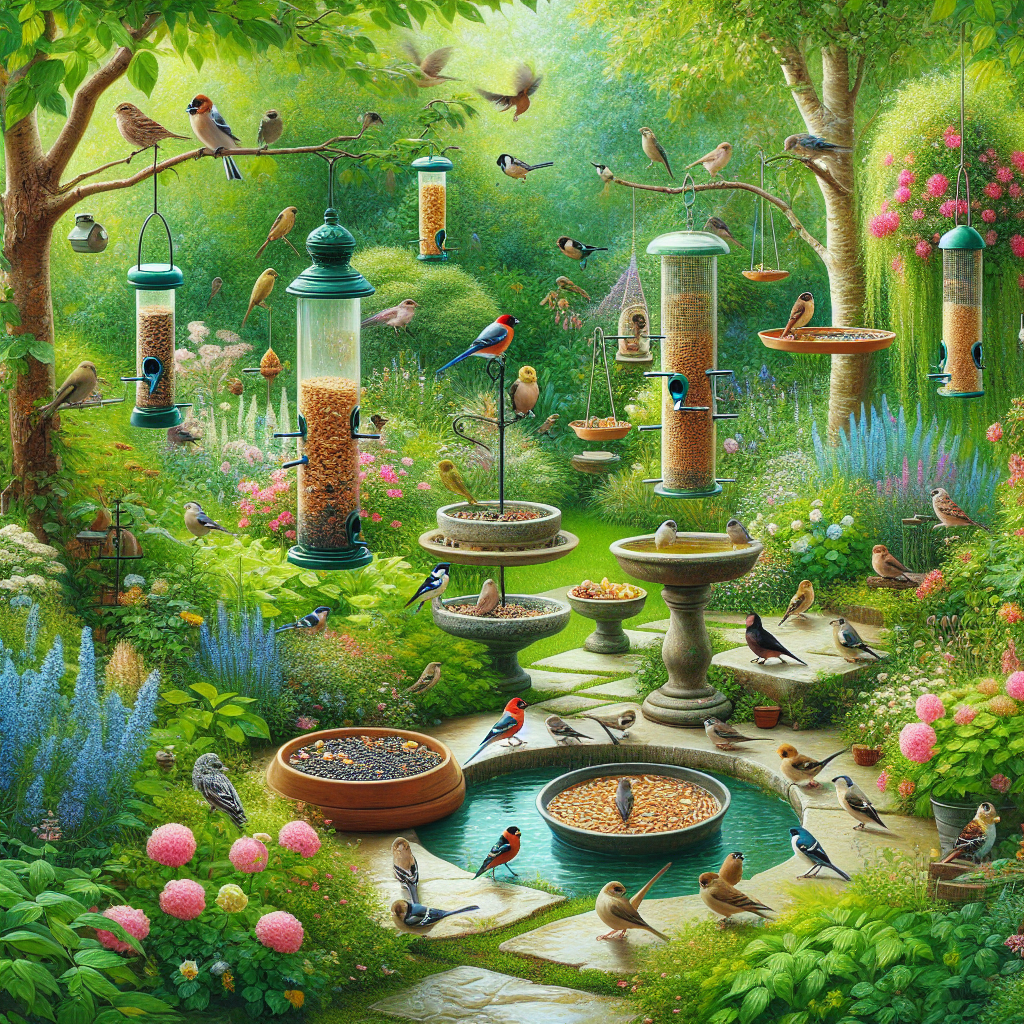Hanging Basket Garden for Elevated Beauty
Are you looking to add a touch of beauty and greenery to your outdoor space? A hanging basket garden is the perfect solution! Not only does it provide a stunning visual display, but it also allows you to maximize your gardening space. In this comprehensive guide, we will walk you through the step-by-step process of creating your very own hanging basket garden. From selecting the right materials to choosing the perfect plants, we’ve got you covered. So let’s get started and transform your outdoor space into a lush and vibrant oasis!
Materials Needed
- Hanging basket
- Liner (coco fiber or sphagnum moss)
- Potting soil
- Slow-release fertilizer
- Watering can or hose
- Plants of your choice
- Scissors
- Optional: decorative elements (such as ribbons or ornaments)
Step 1: Choose the Right Hanging Basket
The first step in creating your hanging basket garden is selecting the right basket. Look for a basket that is sturdy and durable, as it will need to support the weight of the plants and soil. Consider the size and shape of the basket, as well as the material it is made from. Popular options include wire, plastic, and woven baskets. Choose a basket that complements your outdoor space and fits your personal style.
Step 2: Line the Basket
Once you have chosen your basket, it’s time to line it. This will help retain moisture and prevent the soil from falling out. There are two common options for lining a hanging basket: coco fiber and sphagnum moss. Coco fiber liners are made from the husks of coconuts and provide excellent drainage. Sphagnum moss liners, on the other hand, retain moisture and create a lush appearance. Choose the liner that best suits your needs and preferences.
To line the basket, simply place the liner inside and press it against the sides. Trim any excess liner that extends beyond the rim of the basket. Make sure the liner is secure and fits snugly against the sides.
Step 3: Add Potting Soil
Now it’s time to add potting soil to your hanging basket. Choose a high-quality potting soil that is well-draining and nutrient-rich. Fill the basket with soil, leaving enough space at the top to accommodate your plants. Gently pat down the soil to remove any air pockets and create a firm base for your plants.
Step 4: Choose Your Plants
One of the most exciting parts of creating a hanging basket garden is choosing the plants. Consider the amount of sunlight your outdoor space receives and select plants that thrive in those conditions. You can choose a single type of plant for a uniform look or mix different varieties for a more eclectic display. Popular choices for hanging baskets include trailing vines, colorful flowers, and cascading foliage.
When selecting your plants, make sure to consider their growth habits and mature size. You want to choose plants that will not outgrow the basket and become overcrowded. It’s also a good idea to choose plants with similar water and light requirements to ensure they thrive together.
Step 5: Plant Your Basket
Now it’s time to plant your hanging basket. Start by arranging your plants on top of the soil to determine their placement. Once you are satisfied with the arrangement, gently remove the plants from their containers and loosen the roots. Dig small holes in the soil and place each plant in its designated spot. Fill in the gaps with additional soil and press down gently to secure the plants.
Step 6: Add Slow-Release Fertilizer
To ensure your plants receive the necessary nutrients throughout the growing season, it’s a good idea to add slow-release fertilizer to your hanging basket. This type of fertilizer releases nutrients gradually, providing a steady supply to your plants. Follow the instructions on the fertilizer packaging for the correct amount to use.
Step 7: Water Your Basket
Proper watering is essential for the health and vitality of your hanging basket garden. After planting, thoroughly water the basket until the soil is evenly moist. Be careful not to overwater, as this can lead to root rot. Throughout the growing season, monitor the moisture levels and water as needed. Hanging baskets tend to dry out more quickly than traditional garden beds, so regular watering is important.
Step 8: Optional: Add Decorative Elements
If you want to add a personal touch to your hanging basket garden, consider incorporating decorative elements. This could be as simple as tying a colorful ribbon around the basket or adding small ornaments or figurines. Get creative and let your personality shine through!
Step 9: Maintenance and Care
Now that your hanging basket garden is complete, it’s important to provide ongoing maintenance and care. Here are a few tips to keep your garden looking its best:
- Regularly deadhead flowers to promote continuous blooming.
- Monitor for pests and treat as necessary.
- Trim back any overgrown or leggy plants to maintain a neat appearance.
- Water regularly, especially during hot and dry periods.
- Fertilize every few weeks with a water-soluble fertilizer to provide additional nutrients.
Conclusion
Creating a hanging basket garden is a rewarding and enjoyable DIY project that allows you to bring beauty and greenery to your outdoor space. By following the step-by-step instructions outlined in this guide, you can create a stunning hanging basket garden that will be the envy of your neighbors. Remember to choose the right materials, select the perfect plants, and provide ongoing care to ensure the success of your garden. So go ahead, unleash your creativity, and transform your outdoor space into a vibrant oasis with a hanging basket garden!






